The Nyenjom of Haa
Shambhala Publications, Inc.
2129 13th Street
Boulder, Colorado 80302
www.shambhala.com
2021 by Stephanie Guyer-Stevens and Franoise Pommaret
Cover photo: Yannick Jooris
Cover art: Robert Beer
All rights reserved. No part of this book may be reproduced in any form or by any means, electronic or mechanical, including photocopying, recording or by any information storage and retrieval system, without permission in writing from the publisher.
 This edition is printed on acid-free paper that meets the American National Standards Institute Z39.48 Standard.
This edition is printed on acid-free paper that meets the American National Standards Institute Z39.48 Standard.
 This book is printed on 30% postconsumer recycled paper. For more information please visit www.shambhala.com.
This book is printed on 30% postconsumer recycled paper. For more information please visit www.shambhala.com.
Shambhala Publications is distributed worldwide by Penguin Random House, Inc., and its subsidiaries.
LIBRARY OF CONGRESS CATALOGING-IN-PUBLICATION DATA
Names: Guyer-Stevens, Stephanie, author. | Pommaret, Franoise, author.
Title: Divine messengers: the untold story of Bhutans female shamans / Stephanie Guyer-Stevens and Franoise Pommaret.
Description: First edition. | Boulder, Colorado: Shambhala, [2021] |
Includes bibliographical references.
Identifiers: LCCN 2020043750 | ISBN 9781611809183 (trade paperback)
eISBN 9780834843844
Subjects: LCSH: BuddhismRelationsShamanism. | ShamanismRelationsBuddhism. | Women shamansBhutan. | FemininityReligious aspectsBuddhism.
Classification: LCC BQ4570.S5 G89 2021 | DDC 201/.44082095498dc23
LC record available at https://lccn.loc.gov/2020043750
a_prh_5.8.0_c0_r0
Foreword by Kunzang Choden
Divine Messengers by Stephanie Guyer-Stevens with Franoise Pommaret comes at a most pertinent time, as a rapidly changing Bhutan is at a crucial juncture where we need to be reminded of our beliefs about the once vibrant and valid phenomenon of the deloms. The tradition of deloms, the women who return from the dead as messengers from hell, is quickly becoming yet another aspect of our forgotten history.
As I read Divine Messengers, I am reminded of my uncle who was a Buddhist monk reading to me when I was a teenager in the late 1960s. At the time I was studying in a Catholic convent in India. If my monk uncle were concerned that I would be influenced by the Christian faith, he never explicitly expressed his concerns, but he did try to infuse some Buddhist traditions into my life by reading Buddhist texts to me. He chose the stories of the delomsor delok, as we referred to them in our language. My uncle read aloud but quietly in the traditional monotone-style of reading sacred texts, which often put me to sleep. But he never woke me up; he just continued to read. He believed that even though I was outwardly asleep, my deep subliminal mind was awake, and it had the capability to absorb the messages of the deloms who, too, experienced a form of deep sleep. That was how strongly rooted and vibrant the phenomenon of deloms was in our everyday culture.
Many years later, I was to hear the story of a real-life delom. A woman who worked for me lost her two-year-old son to a childhood disease. Some years after his death, when she heard about a delom in another district, she requested the delom for a divination to see where her son was reborn. For this she had to provide the age and the name of the dead child and the names and ages of the parents. The delom and the woman had never met and knew nothing about each other. The woman was really stunned when the delom sent her message saying that her dead son was reborn as a dog, but that if the mother conducted special prayers and raised a certain number of prayer flags, he would be reborn again as human being. The mother was shaken by this message because there was indeed a stray dog which had suddenly turned up at her door and refused to leave even though they tried to chase him away. The woman did not care for the dog at all and had even sent it away to another district with a migrating cattle herd. It was not only a two-day journey on foot to get to the new place but also required the crossing of one of the highest mountain passes (4,109 meters high) in Central Bhutan. However, after a few days the dog had returned to her house and would not leave. The woman conducted the prayers, raised flags, and was kinder to the dog who stayed with her until its death.
This may sound like an extraordinary story, but such occurrences were mundane, everyday events in our past. We still lived in a world that held on to the magic and mystery of our natural and supernatural worlds. This world was kept alive to a large extent by those special people, the mediums, deloms, pamo (female) and pawa (male) nyenjums, terdas, and jomos who communicated between the humans and the spirit world and beyond (the hell realms in the case of deloms). It was not so long ago that we relied on these mediums to restore the peace and harmony between the humans and the spirits. The everyday sounds of the hand drum, the main instrument of the mediums, is slowly fading away and being replaced by the sounds emitted by our electronic gadgets. The people in my valley stubbornly and determinedly held on to the services of mediums for as long as they could. The last medium in my village, who was close to ninety years old and totally blind, used to be carried on the backs of people from village to village to perform rituals. She used to say that she was helpless because the spirits and divinities would not leave her body and that she had to submit to their command. This woman who could barely walk could dance tirelessly for hours while she was in a trance. She said that her body was possessed by the divinities, and that made the impossible possible. Like the deloms, who do not choose to become messengers, she was also chosen to serve as a divine messenger.
Recently I saw a message on a social media site, a plea with the photograph of a torn and worn-out handwritten textthe biography of one of the most well-known deloms, Karma Wangzin. The person who had posted the message was requesting that someone either rewrite or print the text that was in such a state of despair. The person considered it important enough to remember, honor, and perpetuate the story of deloms in our lives. In some ways it was heartening to see that although so much has changed and we have lost substantial facets of our traditional beliefs and practices, the phenomenon and relevance of deloms still appear significant and relevant and have made it to the digital age.

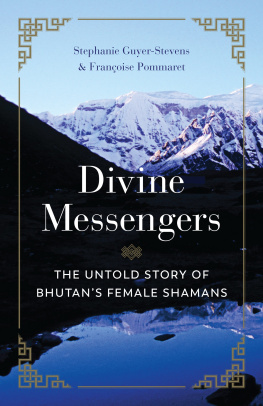



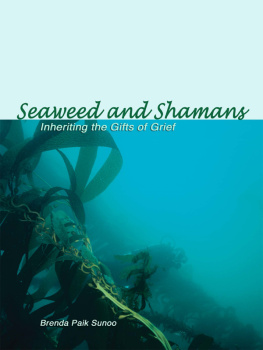

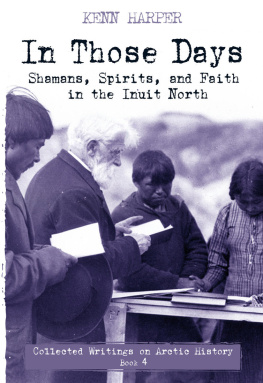
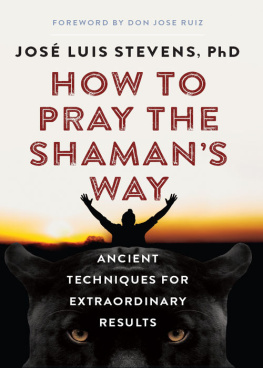
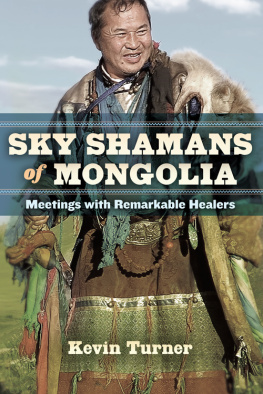


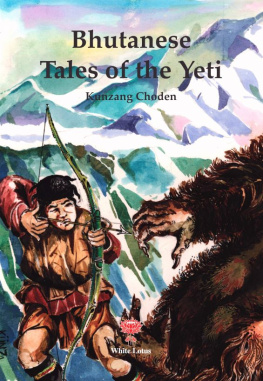
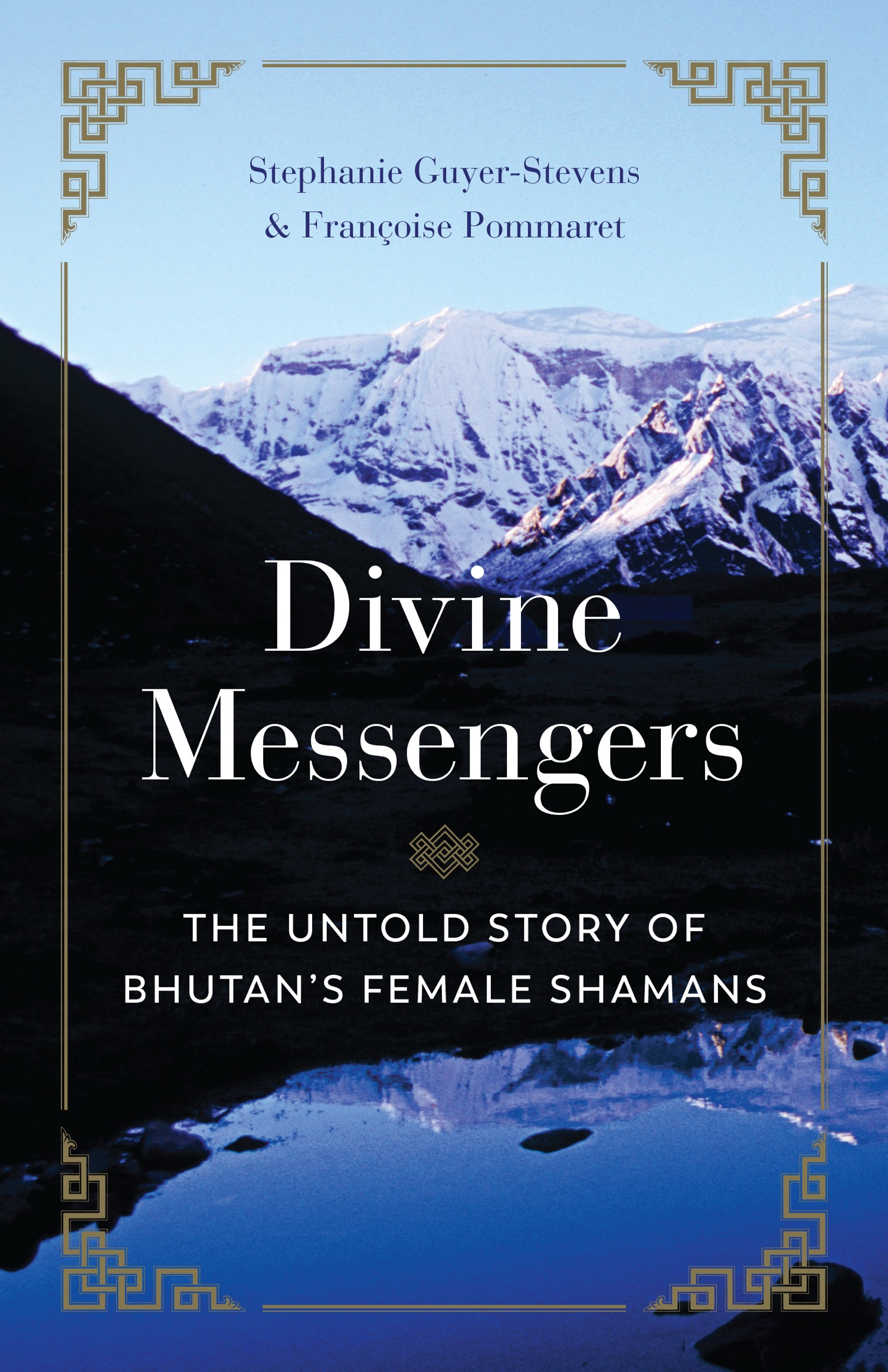
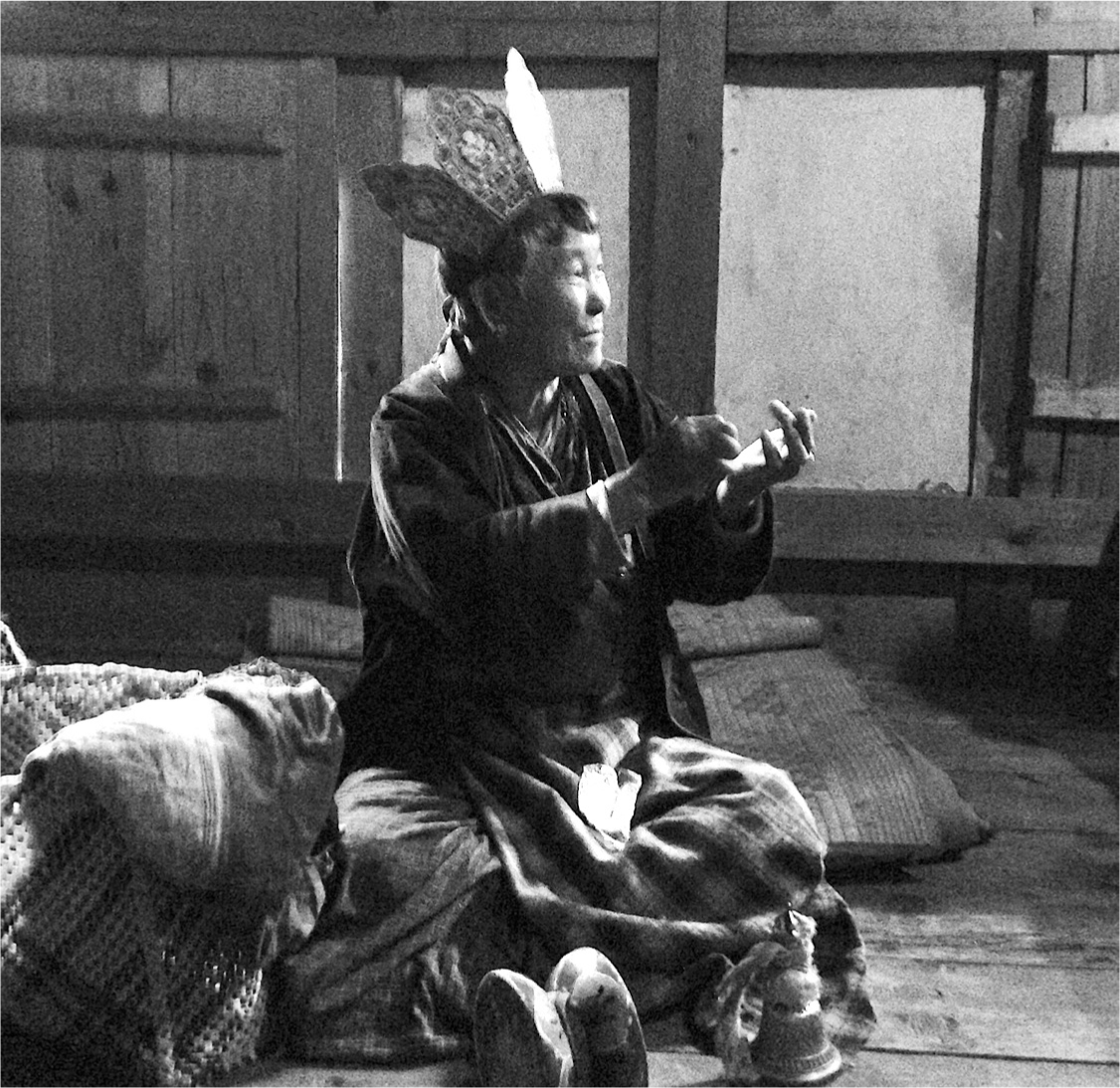
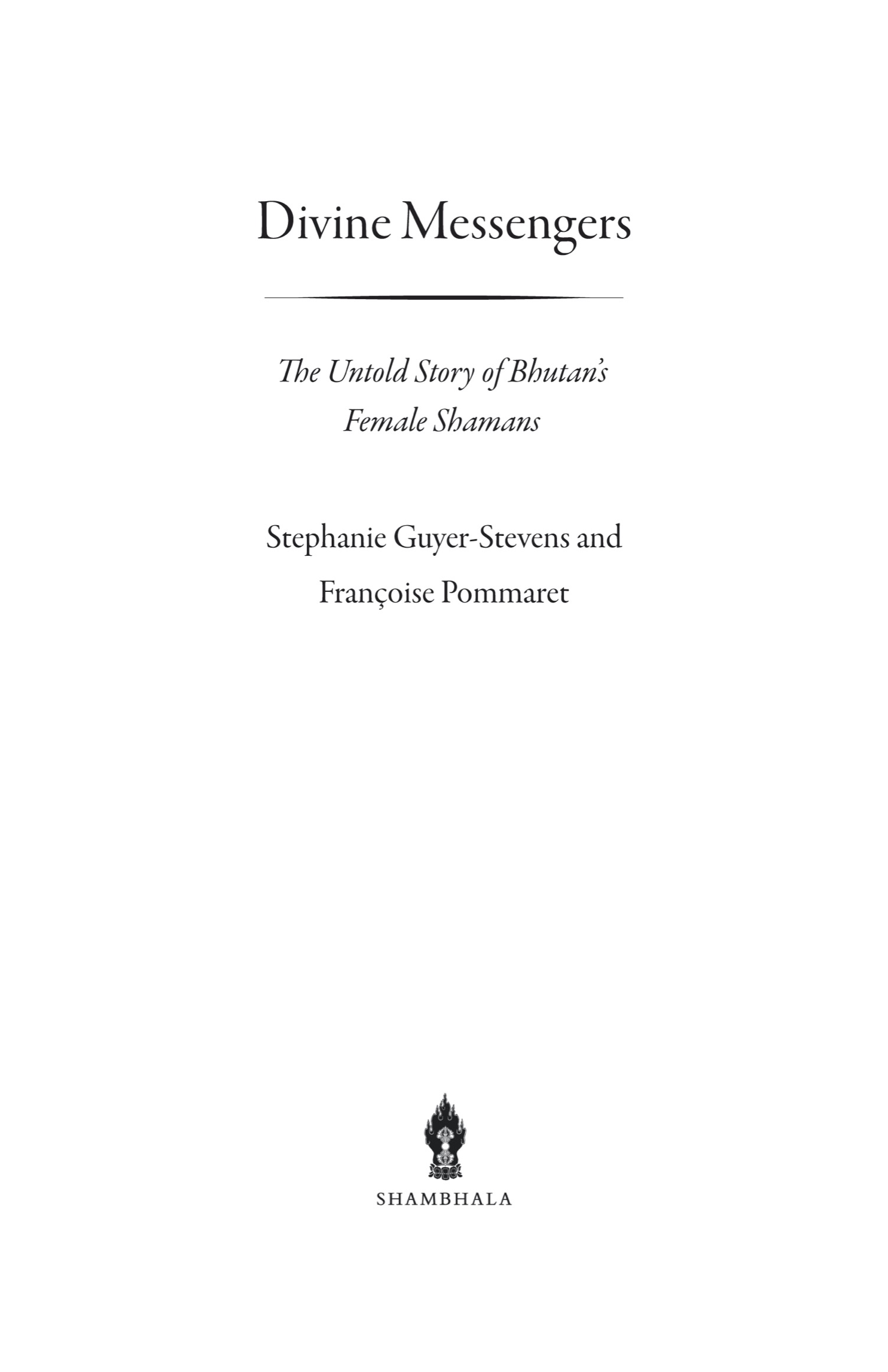
 This edition is printed on acid-free paper that meets the American National Standards Institute Z39.48 Standard.
This edition is printed on acid-free paper that meets the American National Standards Institute Z39.48 Standard. This book is printed on 30% postconsumer recycled paper. For more information please visit www.shambhala.com.
This book is printed on 30% postconsumer recycled paper. For more information please visit www.shambhala.com.